I was planning on being an artist. I took art classes during my last two years of high school, got my bachelor’s degree in art in 1975, and in the years that followed, continued drawing, and sculpted a couple of clay busts. Portraiture was the direction I was headed, but I got sidetracked by backpacking and bicycle touring. I eventually grew tired of lugging a heavy backpack and while on a bike tour from Seattle to Los Angeles and back, I got hit by a car in Salt Lake City and then repeatedly run off the road on California’s Pacific Coast Highway. That left boating—I wouldn’t have to carry anything, and the “roads” would be a lot wider. I read books on boatbuilding by John Gardner and Pete Culler and decided to build a Chamberlain-designed 14′ Marblehead dory skiff to cruise north along the Inside Passage. According to a note I made in a journal I was keeping at the time, I started construction on July 12, 1978. While the kayak was the first real boat I built and launched, it was just a warm-up to this Marblehead dory skiff. The book resting on the upturned bottom of the boat is a blank book I started in 1973, while an art student on exchange to Smith, an all-women’s college in Massachusetts, and stopped making entries in 1980. In that time my focus had shifted from art to boatbuilding.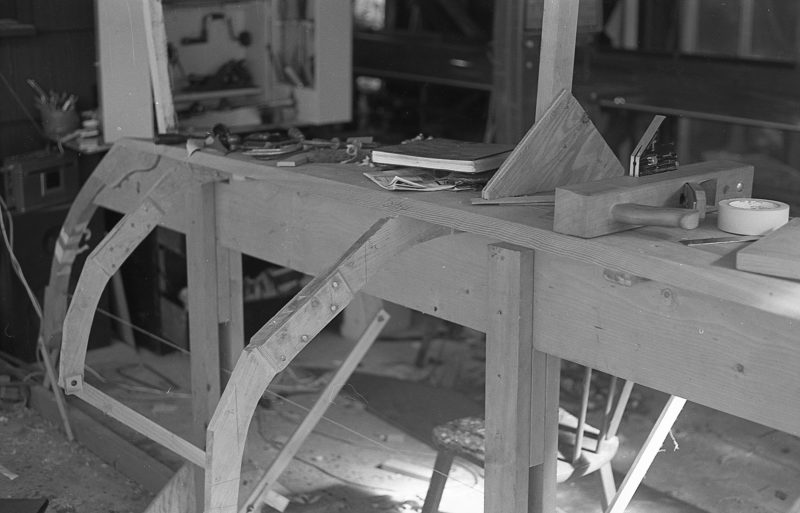
Join The Conversation
We welcome your comments about this article. If you’d like to include a photo or a video with your comment, please email the file or link.

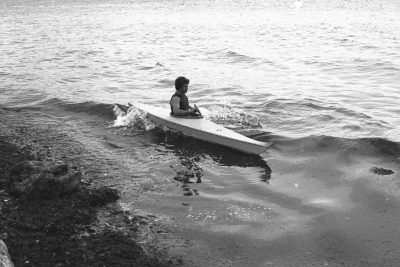
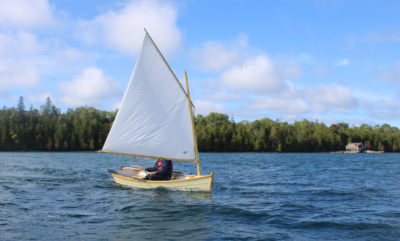
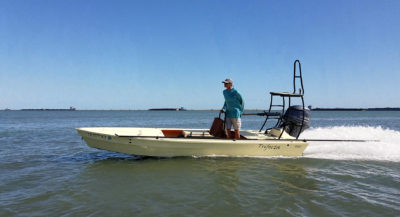
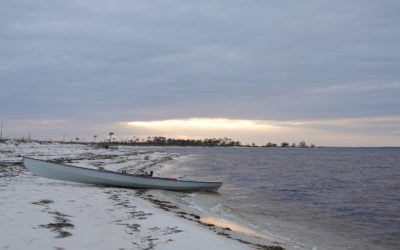
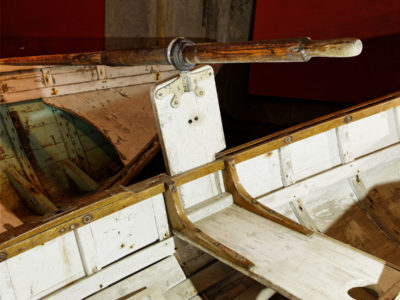
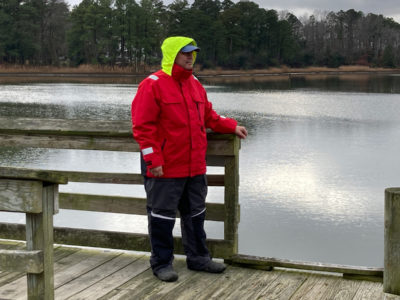
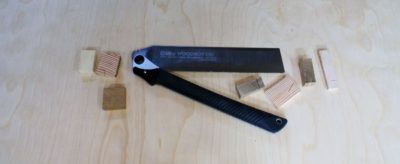

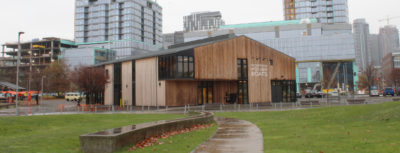

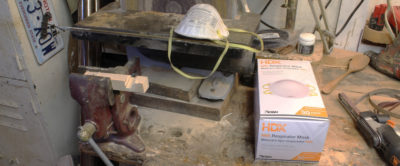
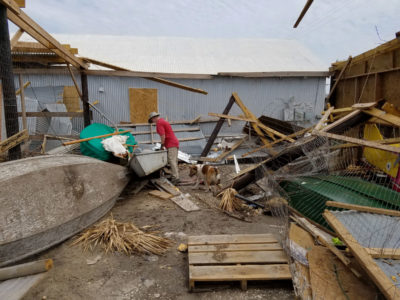
Great memories, Chris. How many boats do you reckon you’ve built since then?
I came up with a list of about 35 boats that I can remember.
Can you publish your list? It’d be great to see. Thanks
There are a few boats that I’d missed in my first count. There are 39 here, in no particular order:
Self-designed SOF kayak
SOF Greenland kayak
Chamberlain dory skiff GAMINE
Hooper Bay kayak
Gunning dory SECOND WIND
Swampscott dory
New York Whitehall
Livery Whitehall
6 rowing skiffs for a summer camp
Kodiak 2-hole kayak
Sneakbox cold-molded LUNA
Gokstad faering ROWENA
Lapstrake decked canoe
Caledonia yawl ALISON
Garvey camp cruiser self-designed HESPERIA
Folding coracle FAERIE
Traditional coracle
2 children’s SOF Greenland kayaks
Alaska retrieval kayak
3 Plywood Greenland kayaks
King Island kayak
Folding rolling Greenland kayak
Baidarka SOF
Greenland kayak for art installation
2 Greenland kayaks for my book
Annapolis Wherry from kit
2 Greenland kayaks on commission
Flat-bottomed rowing skiff
Escargot canal boat (built with son and his friend) BONZO
There were two boats that I made in the early ’70s that preceded my start as a boatbuilder in 1978: an umiak-like boat I made of alder saplings and covered with clear plastic sheeting, and a cattail reed boat—more like a surfboard, actually—that was inspired by Thor Heyerdahl’s RA.
I grew up with a similar motto, “never pay for anything you can do yourself.” The greatest satisfaction is sitting back and reflecting on the day’s progress, whether it be fixing an appliance or building a house. I can’t claim to have built 35 boats, perhaps about half that many, but I still call myself a “serial boatbuilder.” Your article brought back memories of building my first kayak. I would have been about 16 (well over 50 years ago). I built it out of plywood, launched it on January 1st on Vancouver’s English Bay, and it leaked like a sieve! When I got back to the beach, my legs were too numb to walk. Fortunately, my skill has improved a bit since then. Not to mention I discovered epoxy!
Seems that boat building just changed your focus in mediums, but not your career as an artist 🙂